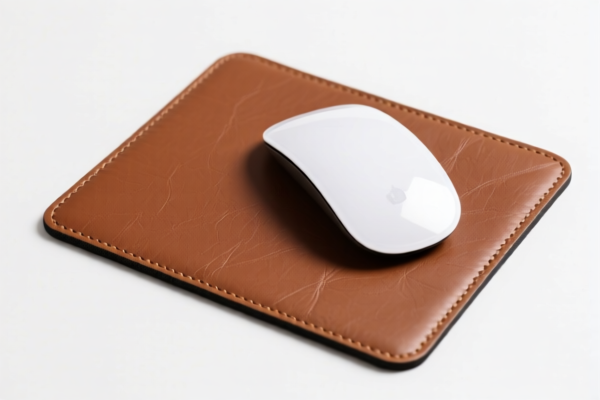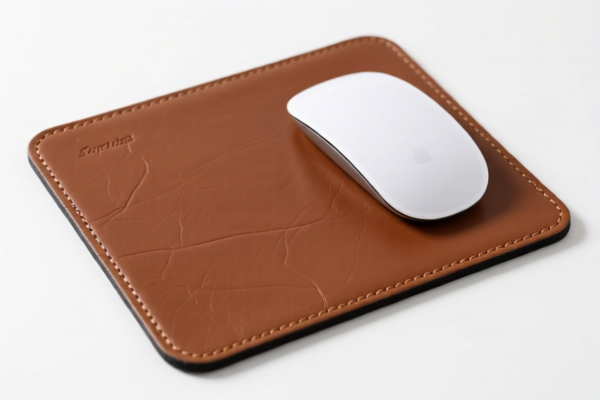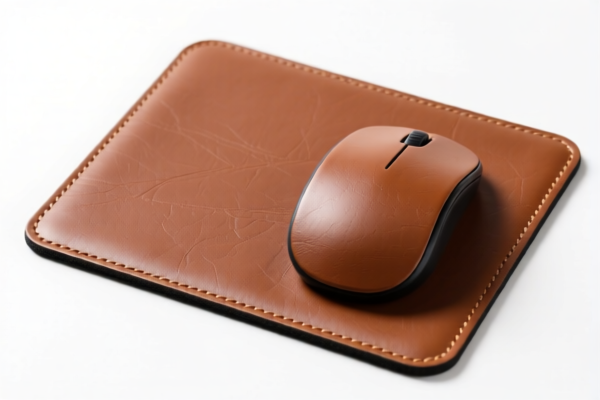| HS Code | Official Doc | Tariff Rate | Origin | Destination | Effective Date |
|---|---|---|---|---|---|
| 3926904800 | Doc | 33.4% | CN | US | 2025-05-12 |
| 3926909989 | Doc | 42.8% | CN | US | 2025-05-12 |
| 3919905060 | Doc | 60.8% | CN | US | 2025-05-12 |
| 3919905060 | Doc | 60.8% | CN | US | 2025-05-12 |
| 4823901000 | Doc | 55.0% | CN | US | 2025-05-12 |
| 4823907000 | Doc | 55.0% | CN | US | 2025-05-12 |
| 4819600000 | Doc | 55.0% | CN | US | 2025-05-12 |




HS Code Classification for "MOUSE PAD"
Here's a breakdown of potential HS codes for "MOUSE PAD," considering various materials and functionalities. The HS code is a six-digit code, with the first two digits indicating the chapter, and the next four providing more specific categorization.
1. 3926.90 - Other articles of plastics and rubber (Most Common)
- 39: Plastics and articles thereof. This chapter covers a wide range of plastic products.
- 26: Other articles. This is a broad category for plastic items not specifically covered elsewhere.
- 90: Other. This is a residual sub-heading for plastic articles not elsewhere specified.
- Applicability: This is the most likely HS code if the mouse pad is primarily made of plastic (e.g., PVC, rubber, neoprene) with or without a fabric top. Example: A standard rubber-backed mouse pad with a cloth surface.
- Tax Rate: Varies significantly by country. Typically falls in the low to moderate range (0-10%).
- Note: The material composition is crucial. If the fabric component is substantial, another code might be more appropriate.
2. 4201.60 - Articles of a plastic material, having a cellular structure
- 42: Articles of leather, saddlery and harness; travel goods, handbags and wallets, etc.
- 01: Saddlery and harness.
- 60: Other.
- Applicability: If the mouse pad is made of expanded plastic foam (e.g., memory foam), this code applies. Example: A wrist rest mouse pad made of memory foam.
- Tax Rate: Varies by country.
- Note: Confirm the material is genuinely cellular plastic.
3. 5703.90 - Other carpets and textile floor coverings
- 57: Carpets and textile floor coverings.
- 03: Other carpets and textile floor coverings.
- 90: Other.
- Applicability: If the mouse pad is constructed as a small textile floor covering (e.g., a fabric pad with a rubber backing, resembling a miniature rug). Example: A mouse pad with a thick, woven fabric surface and a non-slip backing.
- Tax Rate: Varies significantly by country.
- Note: The key is whether it functions as a floor covering, even a small one.
4. 8309.60 - Articles of plastics for packaging
- 83: Miscellaneous articles of base metal.
- 09: Miscellaneous articles of base metal.
- 60: Other.
- Applicability: If the mouse pad is specifically designed as protective packaging for other items (less common). Example: A mouse pad used to protect a delicate surface during shipping.
- Tax Rate: Varies by country.
- Note: This is unlikely unless the pad's primary function is packaging.
5. 6109.10 - Other textile fabrics
- 61: Textile fabrics.
- 09: Other textile fabrics.
- 10: Other.
- Applicability: If the mouse pad is primarily a textile fabric, even with a thin backing. Example: A mouse pad made of a specialized woven fabric.
- Tax Rate: Varies by country.
- Note: The fabric must be the dominant component.
Important Considerations & Recommendations:
- Material Composition: The exact materials used are critical. Provide a detailed material breakdown (e.g., 70% rubber, 30% polyester fabric).
- Functionality: Is it a simple pad, a wrist rest, or a specialized gaming pad?
- Single Piece vs. Multiple Layers: How are the materials combined?
- Country of Import: Tax rates and specific regulations vary significantly.
- Certification: Depending on the country, you may need to provide a material safety data sheet (MSDS) or other certifications.
- Value/Price: The declared value (single/price) can influence classification in some cases.
Action Required:
- Confirm the precise material composition of the mouse pad.
- Determine the primary function of the mouse pad.
- Identify the country of import to determine the applicable tax rate and regulations.
- Consult with a customs broker in the country of import for a definitive HS code classification.
Customer Reviews
The detailed explanation of HS code 5703.90 for textile-based mouse pads was very helpful. I now have a better idea of how to classify my product.
The page provided a good overview of HS codes for mouse pads, but I found the tax rate information a bit confusing. Still, it was a good starting point.
I found the breakdown of HS code 4201.60 very useful, especially for memory foam mouse pads. The applicability examples made it easier to understand.
The HS code 3926.90 was exactly what I needed for my plastic mouse pads. The explanation of the classification was clear and helpful.